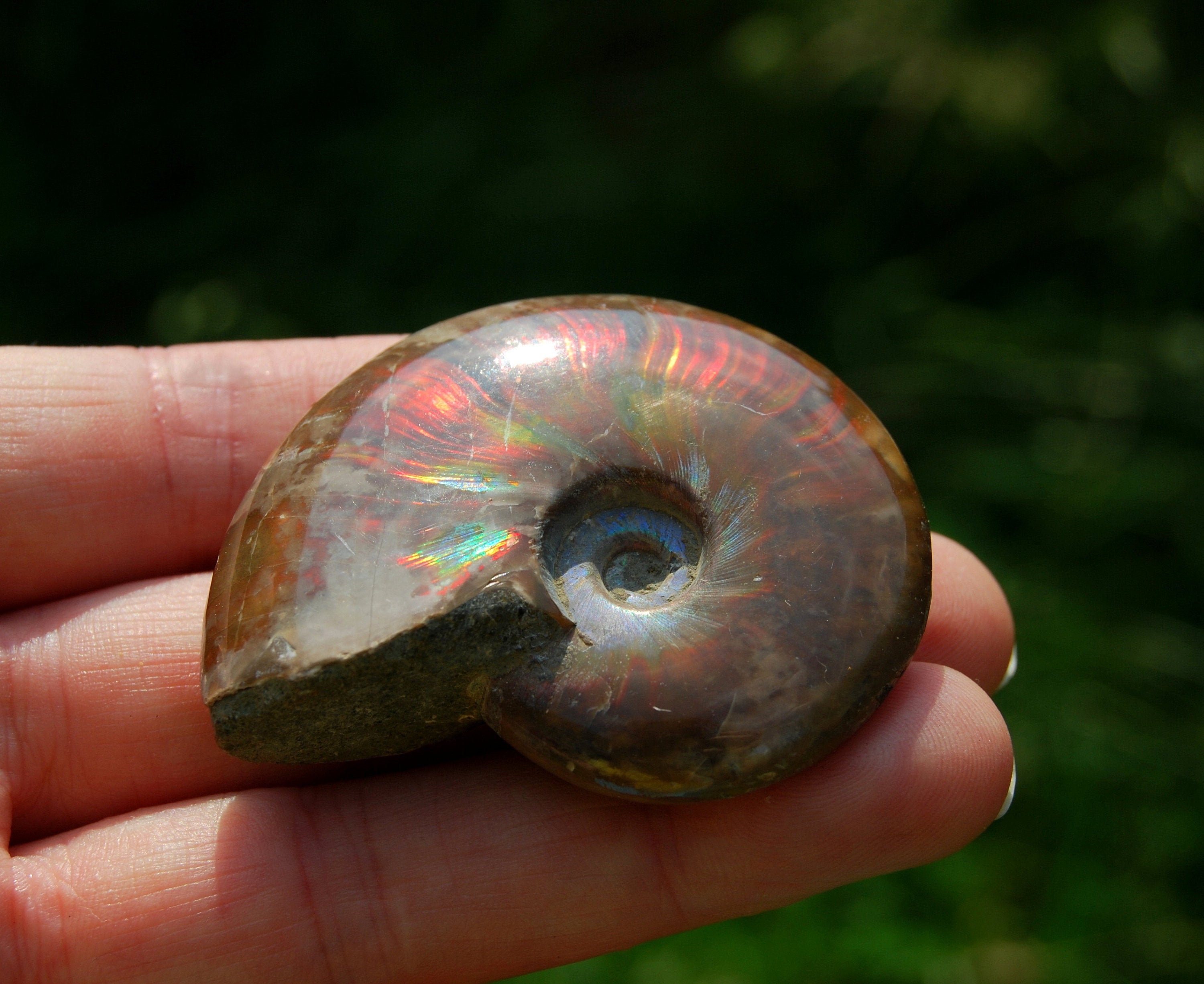
These ancient cephalopods, relatives of modern-day squid, octopus, cuttlefish, and the chambered nautilus, were able to swim thanks to the multi-chambered construction of their shell, which provided variable buoyancy, and probably moved through the water using jet propulsion. Ammonite DiversityĪmmonites thrived in the Paleozoic and Mesozoic Eras, some 400 to 66 million years ago.

In 2009, Tracy Chevalier detailed a fictionalized account of Anning and her relationship with fellow fossil collector Elizabeth Philpot. Spawn Distance Y Offset Z Offset Creature Level Your generated command is below. Ammonite is one of many works of fiction centered on Anning. This command uses the 'SpawnDino' argument rather than the 'Summon' argument which allows users to customize the spawn distance and level of the creature. Ammolites are one of only three gemstones produced by living organisms-the others being amber and pearls. Use our spawn command builder for Ammonite below to generate a command for this creature. but they certainly add intriguing character to an already fascinating creature. Ammonites were prehistoric, coiled cephalopods resembling the modern nautilus whose fossils are found worldwide. Ammonites that display this characteristic are known as ammolites. Ammonite fossils for sale and information. The earliest traces of Ammonite date back to 420 million years ago, while the last known traces fall to 60 million years ago. Science & Origin of AmmoniteAmmonites are an extinct group of mollusk animals that are closely related to octopuses and squid. Its colorful surface is produced by light reflecting off of layers within the fossil and interacting, much the way oil on water produces a rainbow sheen. Ammonite Meanings, Zodiacs, Planets, Elements, Colors, Chakras, and more. Most ammonites died out at the same time as the. These animals are known from the Jurassic Period, from about 200 million years ago. Ammonoidea includes a more exclusive group called Ammonitida, also known as the true ammonites.

Its iridescence is the result of nacre, the substance that made up the animal’s shell, being exposed to high temperatures and pressures over millions of years, becoming fossilized and turning into a mineral known as aragonite. The subclass Ammonoidea, a group that is often referred to as ammonites, first appeared about 450 million years ago. The 80-million-year-old specimen features a vividly colored fossilized shell that is unique to ammonites from Alberta, Canada.

The 2-foot-(0.6 meter)-diameter ammonite fossil on display in the Museum’s Grand Gallery is a large and particularly rare example of this once-common mollusk. Third Evolution Message: As it grew, the Ammonite constantly built new parts to their shell.Ammonites inhabited the planet for more than 300 million years-almost twice as long as dinosaurs-before disappearing in the mass extinction event more than 66 million years ago.Īmmonite fossils are an incredible source of information for scientists, from dating rocks to confirming the presence of prehistoric seas. Second Evolution Message: The female Ammonite grew to be 400 percent larger than their male counterparts. Initial Message: The god Ammon inspired the name of the Ammonite, since he was often illustrated with ram's horns.įirst Evolution Message: The shell of the Ammonite could grow to reach 6 feet or more in diameter.

The ammonites body was around the shape of a giant octopus, with. Often the name of an ammonite genus ends in -ceras, which is Greek (κέρας) for "horn". The Ammonite from Mysterious Island was huge, larger than any other species of ammonite discovered. 79 AD near Pompeii) called fossils of these animals ammonis cornua ("horns of Ammon") because the Egyptian god Ammon (Amun) was typically depicted wearing ram's horns. The name "ammonite", from which the scientific term is derived, was inspired by the spiral shape of their fossilized shells, which somewhat resemble tightly coiled rams' horns. Description: This creature, known as an ammonite, is an ancient relative of the modern day octopus, squid, and cuttlefish.


 0 kommentar(er)
0 kommentar(er)
